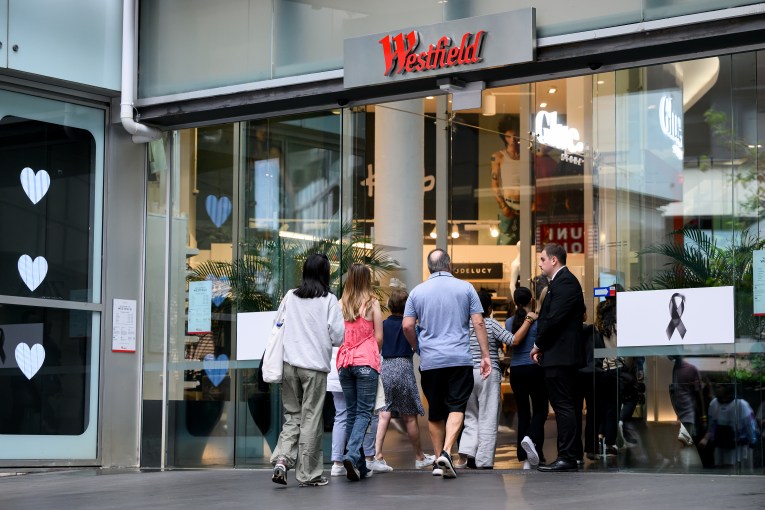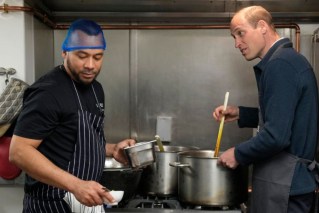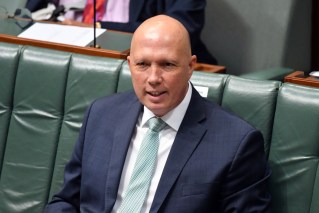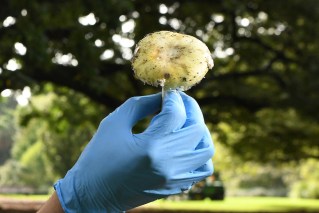Fact-checking the government’s vaccine spin and promises

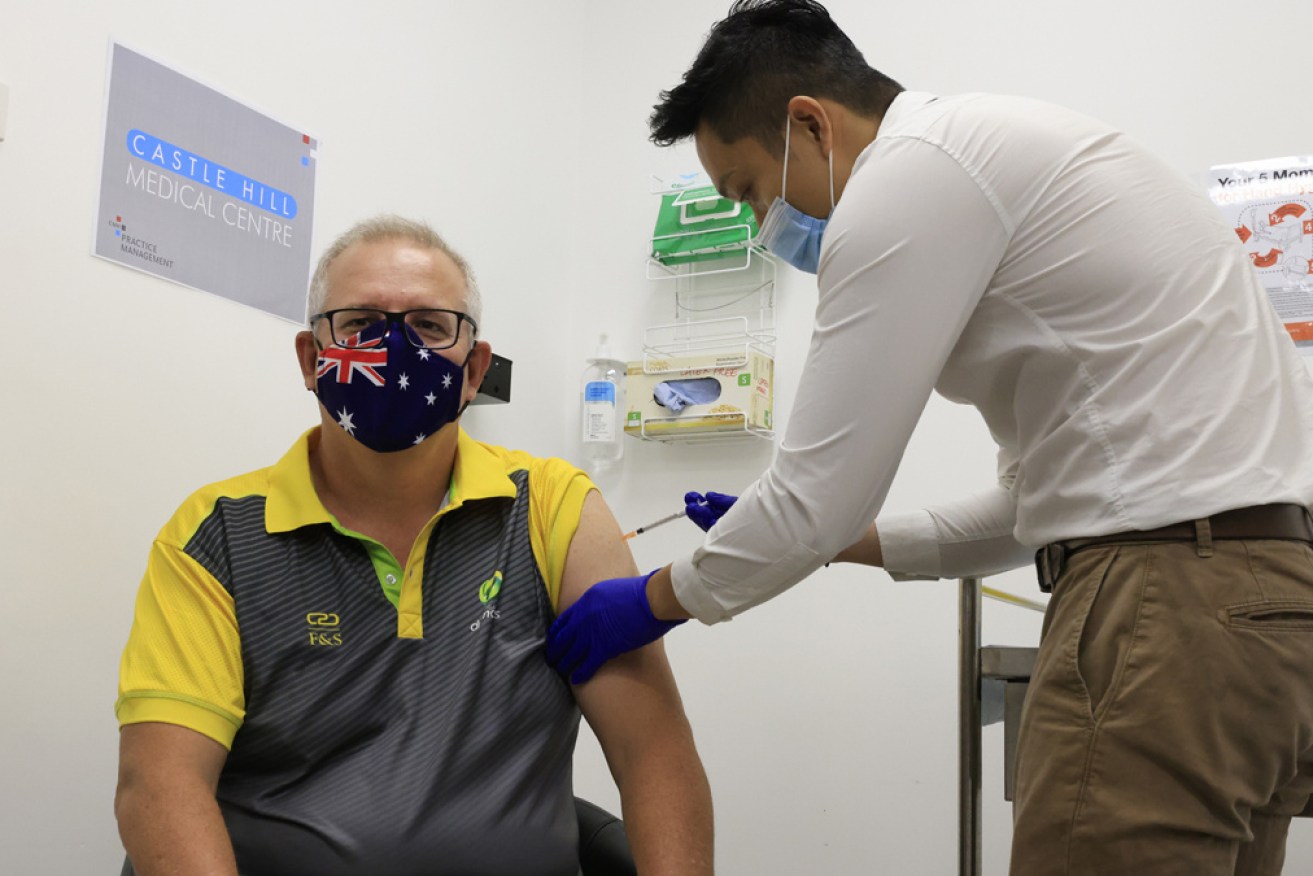
More than 600,000 Australians, including Scott Morrison, have received a COVID-19 booster shot. Photo: Getty
Critics have called the federal government’s vaccine rollout a “disaster”.
Millions of doses behind even the most conservative estimates, just 920,000 shots have been administered across Australia, at a rate of just 20,000 per day.
To reach the government’s biggest goal of giving every Australian at least one shot of the two-dose vaccine by October, somewhere in the region of 140,000 to 190,000 shots will have to be administered every day from now.
Far from being “front of the queue” for vaccines, as Prime Minister Scott Morrison said last year, Australia’s rollout started later and is running slower than many comparable nations.
Mr Morrison protests that Australia’s rollout is going better than Germany, Japan and South Korea were at the same stage; health department secretary Brendan Murphy says plans are “going well”.

Scott Morrison got the Pfizer vaccine. Millions are still waiting for theirs. Photo: AAP
Under pressure from political opponents and medical experts over shifting vaccination figures, Mr Morrison stressed “circumstances change”, claiming it was “unwise” to expect a level of certainty.
But with deadlines missed and current targets looking shaky, let’s check back in on what the federal government had spruiked, and how those are going.
The start
What they said: “Our strategy puts Australia at the front of the queue” (Mr Morrison, November 5)
What’s actually happening: Australia’s vaccinations began on February 21, more than two months after the United Kingdom (early December) and the United States (mid-December) started theirs. Unofficial websites tracking vaccine rollouts show Australia is about 90th in the world, in terms of vaccinations delivered.
The first goal
What they said: “We hope by the end of March to have reached some four million population” (Mr Morrison, January 7); later revised to “that four million position will be something that is going to be achieved in early April” (Mr Morrison, January 25)
What’s actually happening: Both the original March and revised April deadlines were missed. Mr Morrison blamed the first change on “challenges … in the production and delivery” of vaccines overseas, with well-documented issues in manufacturing and shipping doses to Australia from Europe.

Greg Hunt announces the vaccine rollout plan in January. Photo: AAP
That issue spectacularly flared on Wednesday, as the European Commission denied it had “blocked” supplies to Australia.
It came after fierce criticism from some Morrison government ministers, including David Littleproud claiming the EU “undercut” and “cut us short”.
The four million goal is now effectively sidelined, with no ministers or health department officials willing to point to a date that number may be achieved.
However, The New Daily understands another key element in abandoning the goal was when the AstraZeneca vaccine was found to require a 12-week period between doses.
With such a long interval, and the need to ‘quarantine’ second doses, it would have been near-impossible to actually give out four million doses by April, even if the federal government had received all 3.8 million AstraZeneca doses from Europe.
The European-made doses
What they said: “We’ll get early access to 3.8 million doses of the [European-made AstraZeneca] vaccine in January and February 2021” (Mr Morrison, September 7)
What’s actually happening: Only about 700,000 AstraZeneca doses have arrived from Europe. European manufacturing was far behind schedule, and some 250,000 doses bound for Australia were blocked in February by European export controls.
However, the European Commission claims it never blocked nor received any further export requests from AstraZeneca for Australia.
Mr Morrison initially accused the EC of “semantics” over this issue, while Treasurer Josh Frydenberg claimed, “If you’re not approving, it’s the same as effectively blocking”.
Hunt says Australia has received 870,000 doses of Pfizer, plus 1.3 million doses of locally-made AstraZeneca from CSL
Adding that to the ~700,000 we've got from AZ Europe, that's 2.9 million doses in total we've got
we've administered 920,000 doses in total
— Josh Butler (@JoshButler) April 7, 2021
The Australian-made doses
What they said: “We’re ahead of schedule for the delivery of the CSL doses. The first doses have been brought forward to an expected late March supply of approximately one million per week” (Greg Hunt, January 29)
What’s actually happening: CSL is still not producing one million doses a week of AstraZeneca, but it is getting close.
Mr Hunt revealed on Wednesday about 1.3 million doses of CSL-made AstraZeneca had already been distributed, with another 1.7 million expected to be batch tested and ready for administration “over the next eight or so days”.
It equates to about three million doses over three and a half weeks. However, CSL did fall short of plans to supply two million doses by the end of March.
Professor Murphy said CSL would produce about 800,000 doses a week in coming weeks, but had given a “strong commitment” to “regularly achieve over a million doses a week”.
TND understands CSL is looking to make refinements to its processes to accelerate the doses it produces, including quickening its “fill and finish” process where raw product is bottled and distributed.
The weekly targets
What they said: “We anticipate optimistically that we would hope to start … with around 80,000 vaccinations a week” (Mr Morrison, January 7); later revised to “at least 60,000 will be administered by the end of February” (Mr Morrison, February 15)
What’s actually happening: Only 32,000 vaccinations were done in the first week of the rollout, and 50,000 in the second. It took until the third week to beat the 80,000 mark, when nearly 90,000 were administered between March 15 and 21.

Mr Morrison displays CSL-made vaccines. Photo: AAP
After 45 days of the rollout, Australia has vaccinated 920,000 people.
That’s an average of 143,000 per week.
Australia will need to vaccinate more than that each day, between now and October 31, to meet its self-imposed deadline.
The finishing date
What they said: “Our aim is to offer all Australians the opportunity to be vaccinated by October of this year … To get everyone through, that’s the plan to get through it all by then” (Mr Morrison, February 1)
What’s actually happening: Despite Mr Morrison’s plan to “get through it all” by October, the government later clarified they only meant to give all Australians a first dose by then, of the two-dose vaccines.
Mr Morrison stresses he anticipates most Australians will get two doses by then, but considering the three-week gap for Pfizer shots and 12 weeks for AstraZeneca, there may be some number who only have one shot by October 31.
The Australian Medical Association says it’s “very ambitious” and suggested December as a more likely timetable, but Professor Murphy says he is “pretty confident” everyone will get at least one dose by October.
